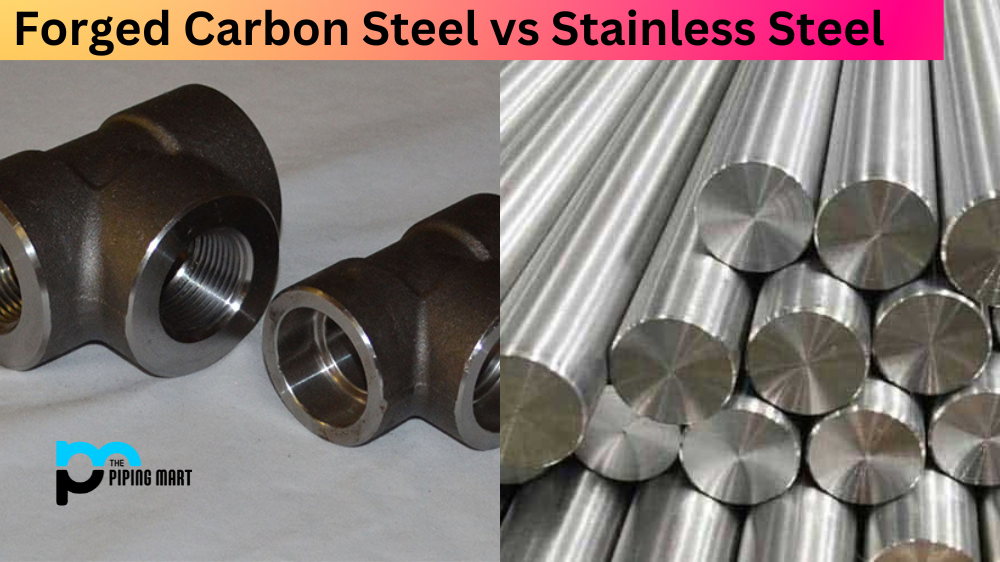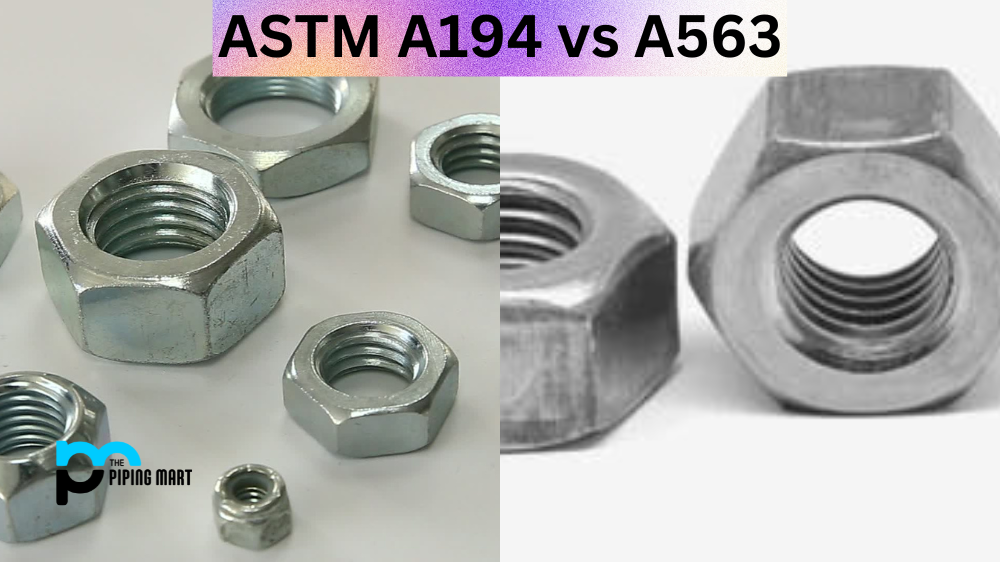When choosing the right steel alloy for a project, it’s important to understand the differences between different types of stainless steel. Two popular options for stainless steel are 420 and 304, each with unique properties that make them well-suited for different applications. In this blog post, we’ll compare and contrast 420 stainless steel and 304 stainless steel to help you make an informed decision for your next metalworking project.
Difference Between 420 Stainless Steel and 304
Composition
The main difference between 420 and 304 stainless steel is their chemical composition. 420 stainless steel contains 12-14% chromium and 0.12-0.35% carbon, making it a hard, corrosion-resistant alloy often used to manufacture medical equipment, cutlery, and firearms. On the other hand, 304 stainless steel contains 18-20% chromium and 8-10.5% nickel, making it a versatile, highly durable alloy commonly used in construction, food processing, and automotive applications.
Tensile Strength and Hardness
Another major difference between 420 and 304 stainless steel is their tensile strength and hardness. 420 stainless steel is much harder and stronger than 304 stainless steel, with a Rockwell hardness rating of around 50-55 compared to 304’s hardness rating of around 70-72. As a result, 420 is more resistant to wear and abrasion, making it a popular choice for tools and equipment that undergo heavy use. However, 304’s softer composition makes it more malleable and easier to work with, making it a preferred choice for projects such as sheet metal fabrication and welding.
Corrosion Resistance
While both 420 and 304 stainless steel are corrosion-resistant alloys, they differ in their susceptibility to certain types of corrosion. 420 stainless steel is highly resistant to corrosives such as ammonia, gasoline, and solvents. It can withstand exposure to mild acids and alkaline solutions, making it a popular choice for medical instruments and cutlery. 304 stainless steel’s high nickel content makes it more resistant to general corrosion than 420, and it’s particularly well-suited for use in saltwater environments and applications that involve acidic or caustic substances.
Magnetic Properties
Finally, their magnetic properties are another key difference between 420 and 304 stainless steel. 420 stainless steel is a magnetic alloy due to its high carbon content, while 304 stainless steel is non-magnetic due to its low carbon content. This magnetic property can be useful in motors, transformers, and other electrical components.
Conclusion
In summary, 420 stainless steel and 304 stainless steel have unique properties that make them well-suited for different applications. While 420 is harder and more wear-resistant, 304 is more versatile and has better general corrosion resistance. When choosing between the two, it’s important to consider the specific requirements of your project and select the alloy that best fits your needs. By understanding the differences discussed in this blog post, you’ll be well informed to make an educated decision for your next metalworking project.

A passionate metal industry expert and blogger. With over 5 years of experience in the field, Palak brings a wealth of knowledge and insight to her writing. Whether discussing the latest trends in the metal industry or sharing tips, she is dedicated to helping others succeed in the metal industry.




